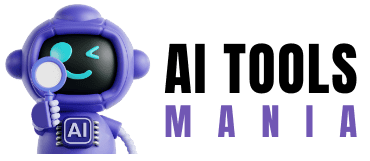Blog
There’s no doubt that search is one of the most fundamental problems in computing.
The rise of language models, and more specifically large language models (LLMs), has been of such a magnitude that it has permeated every aspect of modern AI applications — from chatbots and search engines to enterprise automation and coding assistants.
Missing values appear more often than not in many real-world datasets.
I must say, with the ongoing hype around machine learning, a lot of people jump straight to the application side without really understanding how things work behind the scenes.
Machine learning is not just about building models.
Feature engineering is a key process in most data analysis workflows, especially when constructing machine learning models.
This post is divided into three parts; they are: • Understanding Word Embeddings • Using Pretrained Word Embeddings • Training Word2Vec with Gensim • Training Word2Vec with PyTorch • Embeddings in Transformer Models Word embeddings represent words as dense vectors in a continuous space, where semantically similar words are positioned close to each other.
Machine learning models have become increasingly sophisticated, but this complexity often comes at the cost of interpretability.
Quantization is a frequently used strategy applied to production machine learning models, particularly large and complex ones, to make them lightweight by reducing the numerical precision of the model’s parameters (weights) — usually from 32-bit floating-point to lower representations like 8-bit integers.
This post is divided into five parts; they are: • Naive Tokenization • Stemming and Lemmatization • Byte-Pair Encoding (BPE) • WordPiece • SentencePiece and Unigram The simplest form of tokenization splits text into tokens based on whitespace.


